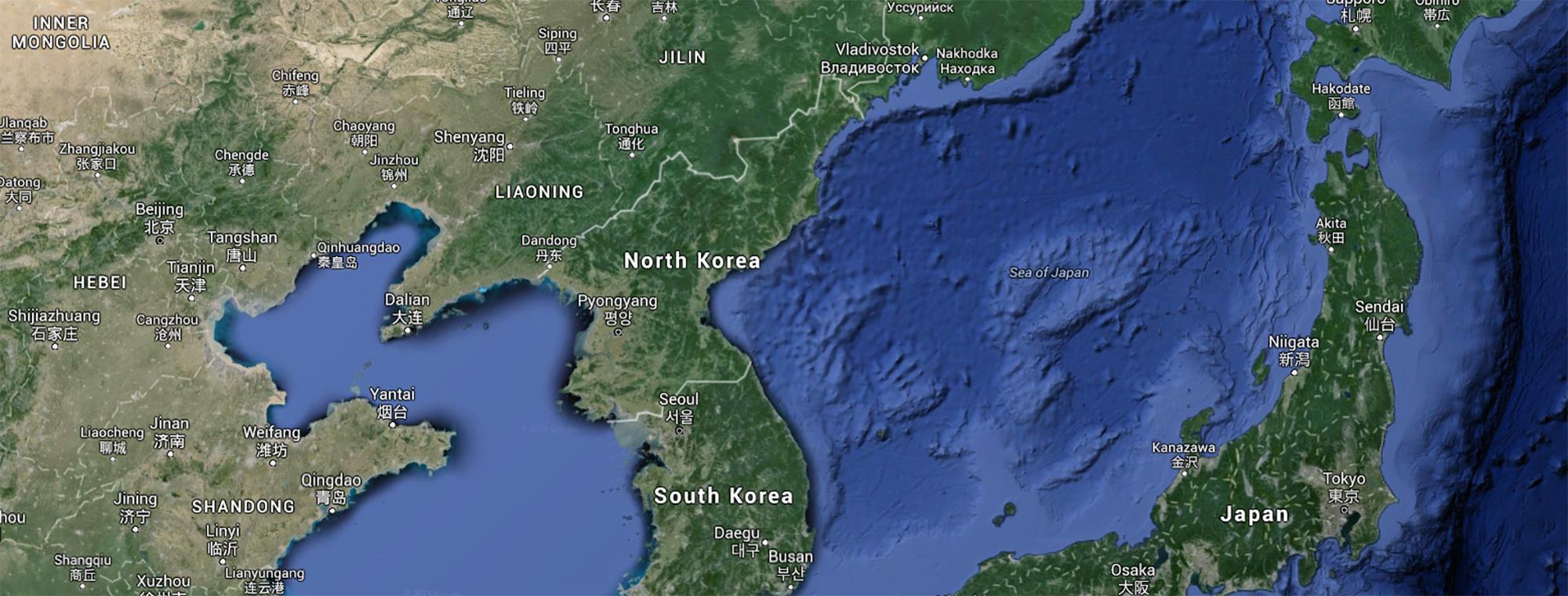South Korea claims that North Korea has miniaturized a nuclear warhead to fit on the tip of a missile. They are probably right.
I have been very careful in my analysis not to exaggerate the threat posed by the North Korean nuclear program. There is no hard proof of a functioning nuclear warhead. But the circumstantial evidence is now overwhelming. North Korea likely has a nuclear weapon that could hit South Korea or Japan.
Here is what North Korea has, in order of certainty.
- North Korea has short and medium-range missiles. They can carry warheads weighing several thousand pounds. This is what a first generation of nuclear bomb might weigh. These missiles have the ability to hit targets in South Korea and Japan.
- They probably have a working nuclear bomb. Since 2006, North Korea has conducted four tests, the latest of which, Pyongyang claims, was of a hydrogen bomb. While this was almost certainly not true, their test indicate they can likely achieve nuclear explosions in the range of the bombs that destroyed Hiroshima and Nagasaki. They have enough nuclear material for about a dozen bombs and are making more.
- They probably can configure their bombs to fit on the tip of some of these missiles. The North Korean government recently released a picture of Kim Jong-Un posing with a miniaturized warhead. “It was probably a model,” says Jeffrey Lewis of the Middlebury Institute, “but that does not mean it’s a fake.”
None of these factors is proof of North Korea’s capabilities, but taken together they create strong evidence that the nuclear threat from Pyongyang is now very serious. “Our studied skepticism of North Korea’s capabilities is not in our long-term interest,” says Lewis, “We should be in the business of seeking moratoria in North Korea on nuclear and missile tests, not daring Pyongyang to do more.”
The prudent assumption is that South Korea’s analysis is correct and we should plan accordingly. But there is no need for panic. North Korea still lacks key components of fully operational nuclear-armed missiles that can hit the United States.
- They still do not have a reliable long-range missile. They may have a missile that, in a pinch, could go roughly 6,000 kilometers. That could reach the Aleutian island chain, but not the continental United States.
- Better news, North Korea likely does not have a warhead small enough to fit on the tip of that missile. The farther you want a missile to go, the lighter the warhead has to be. A warhead for the medium-range Nodong, is likely too heavy for a longer range mission.
- They have not conducted a successful end-to-end test. This would be a test, similar to those conducted by other nuclear nations, in which a missile carrying a warhead (without a nuclear core) is launched into the atmosphere, survives the stress and heat of reentry, is accurately guided to its target and then detonates (without a full nuclear explosion). North Korea still has not tested a re-entry vehicle, though they showed off a model earlier this year.
But the North Koreans are working on all of this. And if we have learned anything about this regime, it is that they are persistent. Sooner or later they will achieve their goal.
We need a new approach. Ignoring North Korea has not worked. Sanctioning North Korea has not worked. Trying to get China to solve the problem for us has not worked. When we don’t talk to them, they advance; when we do talk to them, they pause.
As odious as it may seem, it is time to re-engage with the regime. “While there are currently no good or viable options to rolling back the North’s nuclear program,” writes my colleague Philip Yun, “a multilateral diplomatic approach that addressed some of its strategic interests has a chance of at least freezing activity.”
We must stop North Korea before they demonstrate, beyond doubt, that they have a fully functioning nuclear-armed missile.
Originally published in The Huffington Post
Follow Joe Cirincione on Twitter: www.twitter.com/Cirincione




